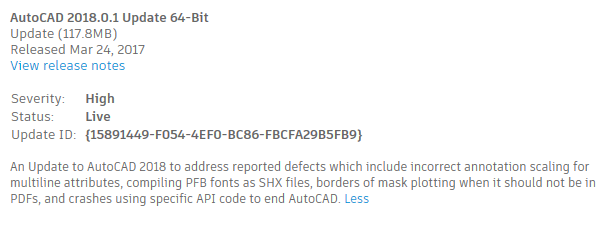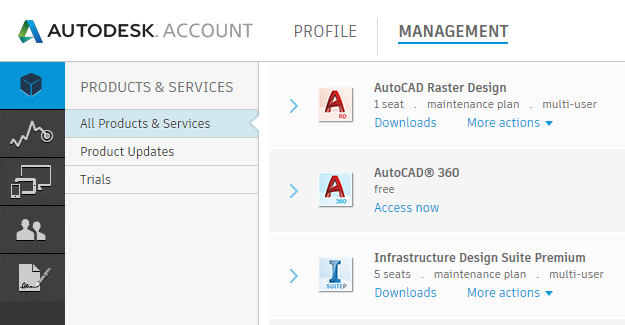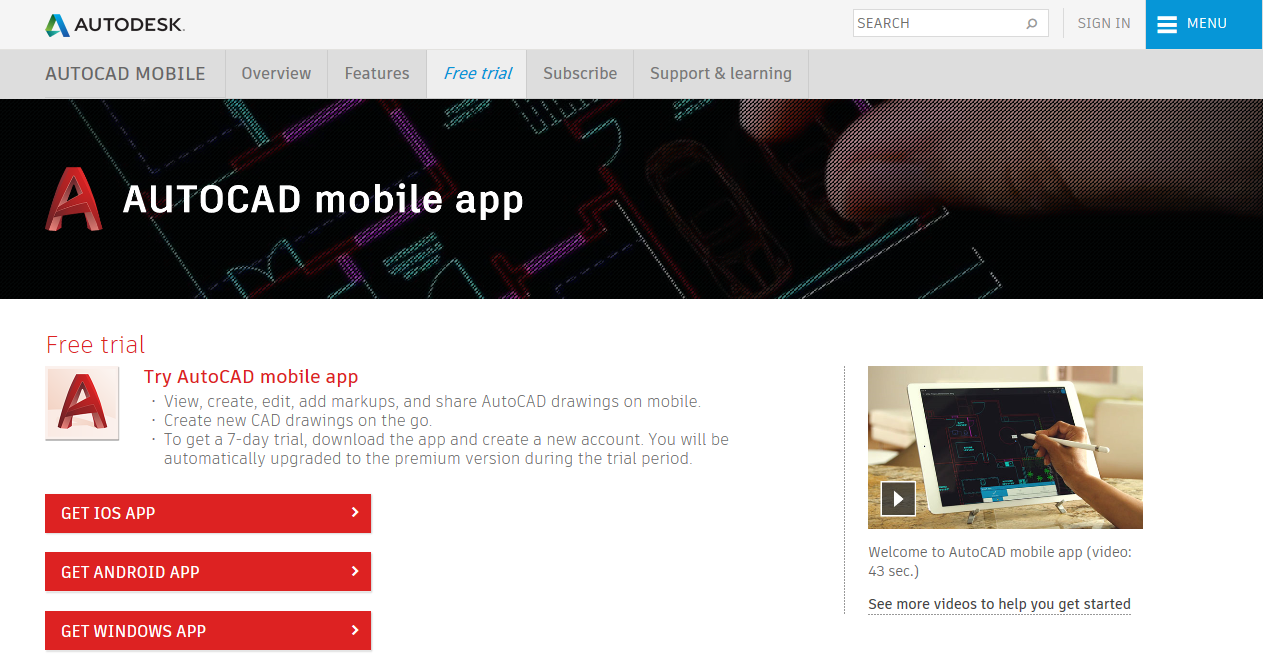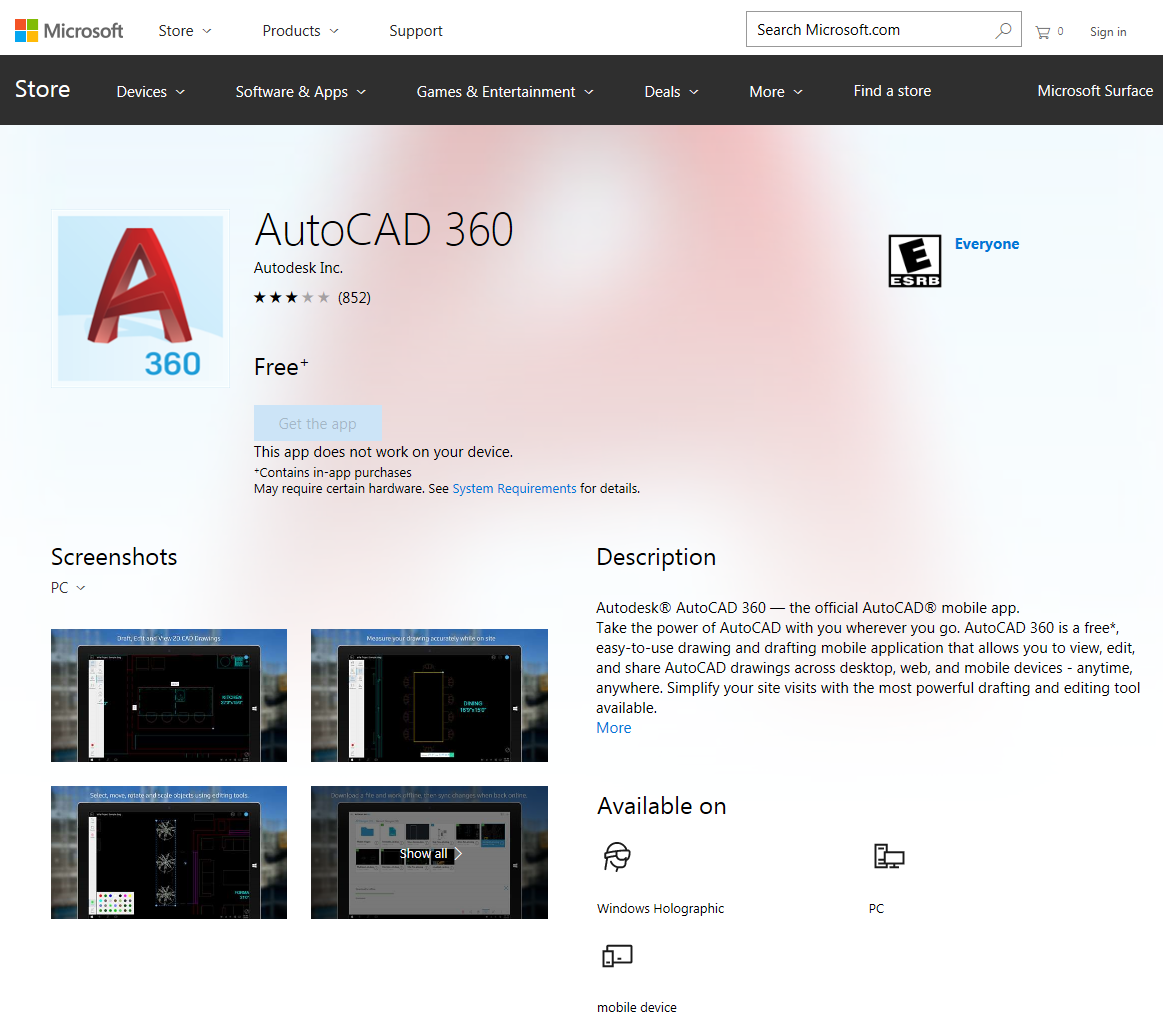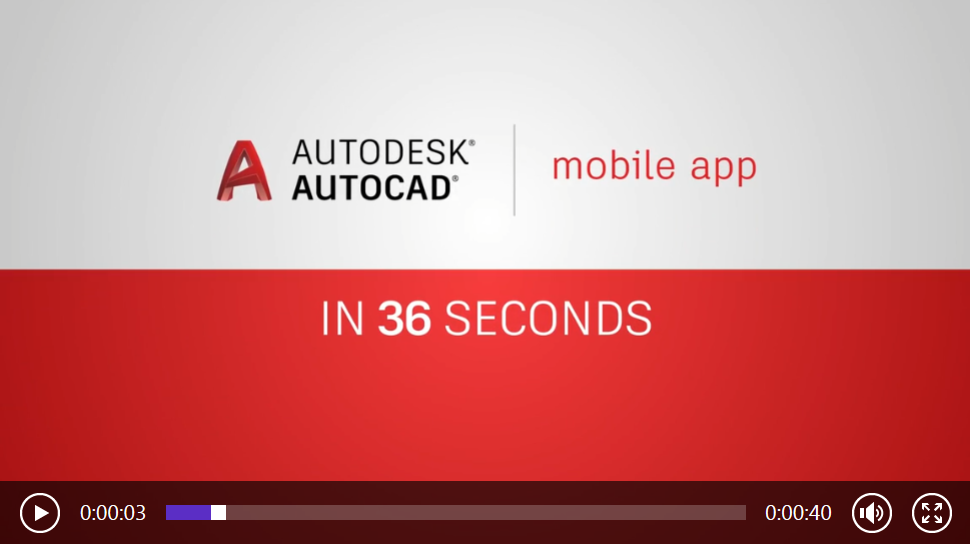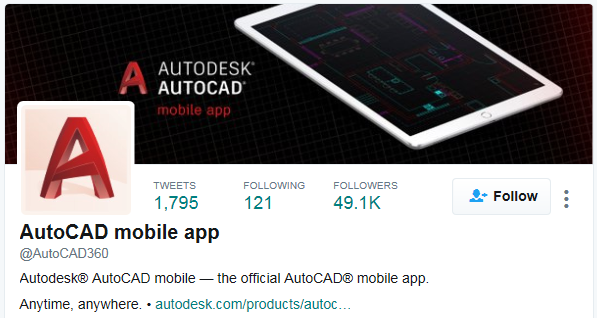Note: an updated version of this post is available, using new costing information from Autodesk that was unavailable when this original summary was written.
In this series of posts, I have examined various payment options for CAD software and compared them with the cost of staying on your Autodesk maintenance contract long-term.
In this fourth and final post, I will examine the validity of the various assumptions I have made; lay out all the data with best/worst options lists; provide combined graphs; and sum up.
However, that means this is a very long post. I want to ensure one essential point doesn’t get lost, so I’ll state it right up front. I will fully justify it later with objective evidence, but for now, here it is:
DO NOT switch from maintenance to subscription.
Just don’t do it. It makes no sense to do it on any level. You would throw away your valuable perpetual license, of course, but that’s not all. Despite what Autodesk is implying in its sleight-of-hand marketing, subscription will cost you more money.

Assumptions
Because Autodesk isn’t telling customers all they need to know in order to make a rational choice, I’ve had to make some assumptions in order to work out the relative viabilities of the various options. Here, I’ll lay those assumptions out and explain why I made them. Some of them are very soundly based, others less so.
- Autodesk will continue to make maintenance available long-term. This has been repeated by Autodesk people at all levels and is currently pledged in writing on Autodesk’s web site. On the other hand, Autodesk has said one thing and done the other on multiple occasions, so who knows? Autodesk is also making noises about how terrible it is for the poor thing to have to go on operating in the same way that has made it billions for decades. I certainly can’t promise that Autodesk’s promise is worth the pixels it’s written on. It’s safe to assume that Autodesk will do all sorts of nasty things to maintenance customers over the next few years, but I’m relying on our fortitude in standing up to that.
- The maintenance price increases of 5%, 10% and 20% are cumulative, resulting in actual price increases of 5%, 15.5% and 38.6%. This has been confirmed by Autodesk here.
- Following that set of increases, the cost of maintenance will increase by another cumulative 20% per year. This is a total guess. I can’t imagine Autodesk reverting to 0% a year, but it’s always possible the increases could be worse than this. The increases could be more stepped than this assumed smooth progression (e.g. 50% one year, 0% the next). Anything could happen, and Autodesk isn’t telling us. I’ve chosen what appears to be a likely middle ground.
- Subscription (rental) prices will be frozen until after 2019. I’ve assumed this because Autodesk will want to keep subscription looking good in comparison to maintenance while it tries to persuade people to come on board.
- Subscription prices will increase 10% per year from 2020. Another guess. I’m pretty sure the price will keep going up, and it may be worse than this if Autodesk gets a sizeable portion of existing users tied in by then. Autodesk will rack up prices as high as it thinks it will get away with. My 10% assumption, if it’s low, will make subscription look better than it really is in my comparisons.
- The offered 60%/55%/50% discount on subscription will be maintained for three years from the point of changeover, not three years from now. That appears to be implied in Autodesk’s statements, and a three-year lock-in appears to be a standard Autodesk marketing technique.
- Following the three-year lock-in, the subscription cost will then change to 60% more than maintenance. This is being kept secret from customers but has been stated to stock market analysts by Amar Hanspal.*
- This 60% premium will be based on the maintenance price at the time, not the original pre-increase price. I can’t imagine Autodesk choosing the lower-cost version of a 60% premium, can you?
- The maintenance plus 60% price will be capped to always remain below the subscription price at the time. This is based on Autodesk’s promise that customers who convert to subscription in 2017/8/9 will always receive some non-quantified discount.
- The amount the maintenance plus 60% price remains below the subscription price will be minimal. I’ve assumed $1 below the subscription price. Maybe that’s harsh, but because Autodesk is refusing to quantify this discount amount, I think it’s fair to assume we won’t like the size of it.
- For option 8, Autodesk will offer maintenance customers who switch over in 2022 a 50% discount on subscription, locked in for 3 years. Autodesk has made very similar offers over the last year or so. I’m assuming such offers will continue to arise from time to time, but there are no guarantees.
- Bricsys will continue to provide perpetual license and maintenance options. I’m highly confident in this one. Autodesk’s rental-only move is manna from heaven to Bricsys, and the availability of perpetual licenses is a big drawcard for disaffected Autodesk customers. Bricsys won’t throw away that competitive advantage.
- For options 9 and 10, BricsCAD purchase and maintenance costs will rise by 10% a year (compound). Another guess. Based on the Bricsys price history to date, 10% may be on the high side. However, because Bricsys prices are so much lower than Autodesk ones, an error in this assumption will have a much smaller effect than errors in the Autodesk price assumptions.
Like all assumptions, those above could be wrong. On multiple occasions I have offered Autodesk the chance to correct these assumptions and replace necessary speculation with information. Indeed, when I re-started my blog in April last year I made a point of emailing Autodesk PR to inform them that I would be covering the subject of rental in a critical way and inviting their participation. No response.
As with all content on my blog, I actively encourage being corrected on any factual inaccuracies. I will happily correct errors that are pointed out to me by anybody, and have done so on several occasions. If at some point in the future, Autodesk decides to become transparent with the long-term cost implications of switching to maintenance and decides to open up to me in particular or customers in general, I’ll dedicate a new post to that information and link to it from this post.
Data
If you want to examine the full set of data and/or make adjustments to the values, assumptions or calculations, here is the Excel spreadsheet I used.
The following tables show the cost winners and losers after the first three, five and ten years based on one AutoCAD license with a 2016 maintenance cost of $545 and 2016 subscription cost of $1680.** All values are in US dollars.
Three years
| Average Annual Cost |
Option |
| 0 |
Option 0 – drop maintenance, keep using AutoCAD |
| 0 |
Option 6 – abandon maintenance, subscription in 2020 |
| 0 |
Option 7 – abandon maintenance, subscription in 2022 |
| 0 |
Option 8 – abandon maintenance, subscription in 2022 (3-year 50% discount) |
| 0 |
Option 10 – BricsCAD Pro with maintenance in 2020 |
| 474 |
Option 9 – BricsCAD Pro with maintenance |
| 652 |
Option 1 – stay on maintenance |
| 672 |
Option 3 – subscription in 2017 |
| 681 |
Option 5 – subscription in 2019 |
| 695 |
Option 4 – subscription in 2018 |
| 1680 |
Option 2 – subscription now |
Five years
| Average Annual Cost |
Option |
| 0 |
Option 0 – drop maintenance, keep using AutoCAD |
| 0 |
Option 7 – abandon maintenance, subscription in 2022 |
| 0 |
Option 8 – abandon maintenance, subscription in 2022 (3-year 50% discount) |
| 303 |
Option 10 – BricsCAD Pro with maintenance in 2020 |
| 416 |
Option 9 – BricsCAD Pro with maintenance |
| 776 |
Option 6 – abandon maintenance, subscription in 2020 |
| 790 |
Option 1 – stay on maintenance |
| 796 |
Option 5 – subscription in 2019 |
| 895 |
Option 4 – subscription in 2018 |
| 1041 |
Option 3 – subscription in 2017 |
| 1784 |
Option 2 – subscription now |
Ten years
| Average Annual Cost |
Option |
| 0 |
Option 0 – drop maintenance, keep using AutoCAD |
| 383 |
Option 10 – BricsCAD Pro with maintenance in 2020 |
| 439 |
Option 9 – BricsCAD Pro with maintenance |
| 995 |
Option 8 – abandon maintenance, subscription in 2022 (3-year 50% discount) |
| 1365 |
Option 7 – abandon maintenance, subscription in 2022 |
| 1366 |
Option 1 – stay on maintenance |
| 1748 |
Option 5 – subscription in 2019 |
| 1753 |
Option 6 – abandon maintenance, subscription in 2020 |
| 1798 |
Option 4 – subscription in 2018 |
| 1871 |
Option 3 – subscription in 2017 |
| 2257 |
Option 2 – subscription now |
Graphs
These graphs show all ten options together.
Annual Costs

Cumulative costs:

Average annual costs over time
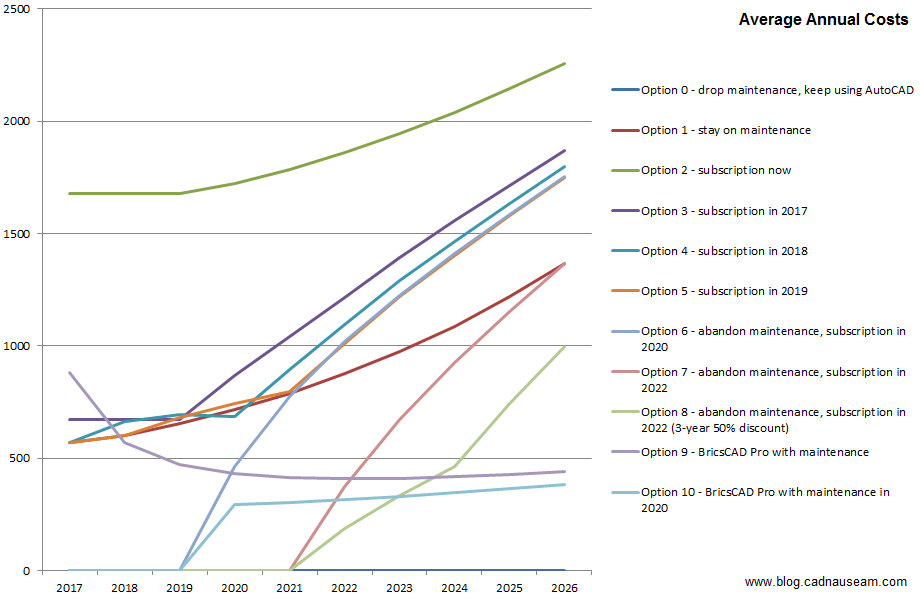
I’m not sure how useful the combined graphs are; with ten options things can get a bit muddled. Feel free to mess with the spreadsheet to produce the graphs that interest you. If you hide rows, those options won’t show up in the graphs.
Summary
You may feel it’s pointless trying to work out the best thing to do up to ten years into the future. I disagree. We are forced to do so. Many customers have been paying Autodesk for decades, and without this disruption would probably have continued to do so for decades to come. Now Autodesk is asking us to make a decision that will have effects that go way beyond ten years into the future.
Ten years isn’t really that long in AutoCAD terms, particularly given the recent glacial level of progress. Remember the _XREF_XREF_XREF debacle as if it were yesterday? Still occasionally opening drawings with that problem? That bug was unleashed on the public ten years ago this month.
Autodesk is asking us to make a permanent, irreversible, long-term decision based on very limited short-term information. After that? We are expected to trust in Autodesk and hope for the best. Sorry, but if you’re prepared to meekly go along with that, you haven’t been paying attention. You might as well just give Autodesk your Internet banking login information and say, “Help yourself to whatever you like.”
If you run the numbers based on the assumptions above, it’s easy to see the best and worst things you can do from a cost point of view, particularly beyond the short term. The high-cost options all involve switching to subscription. The further ahead you look, the worse a deal subscription becomes.
Forget Autodesk’s talk of vanishing discounts, saving money by moving earlier, etc. The opposite is true. Doing what Autodesk wants will result in you paying much more; maybe three or four times the amount you need to. Because that’s the whole point of Autodesk’s rental scheme.
Here’s the bottom line.
Switching from maintenance to subscription will cost you more money.
As a bonus, you get to throw away a perfectly good permanent license. Burn your boats and enjoy a costly cruise to Empty Wallet Land on board SS Subscription? You’d have to be completely crazy.
Posts in this series:
1. Autodesk license costs options 1 & 2 – stay on maintenance, subscription now
2. Autodesk license costs options 3, 4 & 5 – bait and switch
3. Autodesk license costs options 6 to 10 – abandon maintenance or Autodesk
4. Autodesk license costs options – summary
5. Autodesk license costs options – summary 2
Edit:
* It appears Amar may have been misquoted in the transcript I read and the number is actually 16% rather than 60%. An updated transcript with the former number can be found here.
** I am informed that the price was reduced from $1680 to $1470 in August.
It’s worth noting that even with the above adjustments entered into the spreadsheet, the conclusions made above still appear to hold true. Here’s the resultant average cost graph:

I’ll run another post later with more detail when I’ve collated as much information as I can. I have yet again invited Autodesk to provide information with which to replace the assumptions.
 Note there’s no sign of a release number. The only versioning I can find is in Help > About, with a build version of 14.0.0.177. When you run it, you’ll notice that it hasn’t had the UI of Doom treatment, so it looks like a cut-down AutoCAD from a few releases ago. Not a bad thing.
Note there’s no sign of a release number. The only versioning I can find is in Help > About, with a build version of 14.0.0.177. When you run it, you’ll notice that it hasn’t had the UI of Doom treatment, so it looks like a cut-down AutoCAD from a few releases ago. Not a bad thing. Everybody familiar with versioning knows you never put “the latest version” on anything because it’s meaningless. I was once told about a Head Drafter in the early CAD days who had special stamps made up to stamp paper plots with THIS IS THE LATEST VERSION OF THIS DRAWING. The above message is about that smart.
Everybody familiar with versioning knows you never put “the latest version” on anything because it’s meaningless. I was once told about a Head Drafter in the early CAD days who had special stamps made up to stamp paper plots with THIS IS THE LATEST VERSION OF THIS DRAWING. The above message is about that smart.




